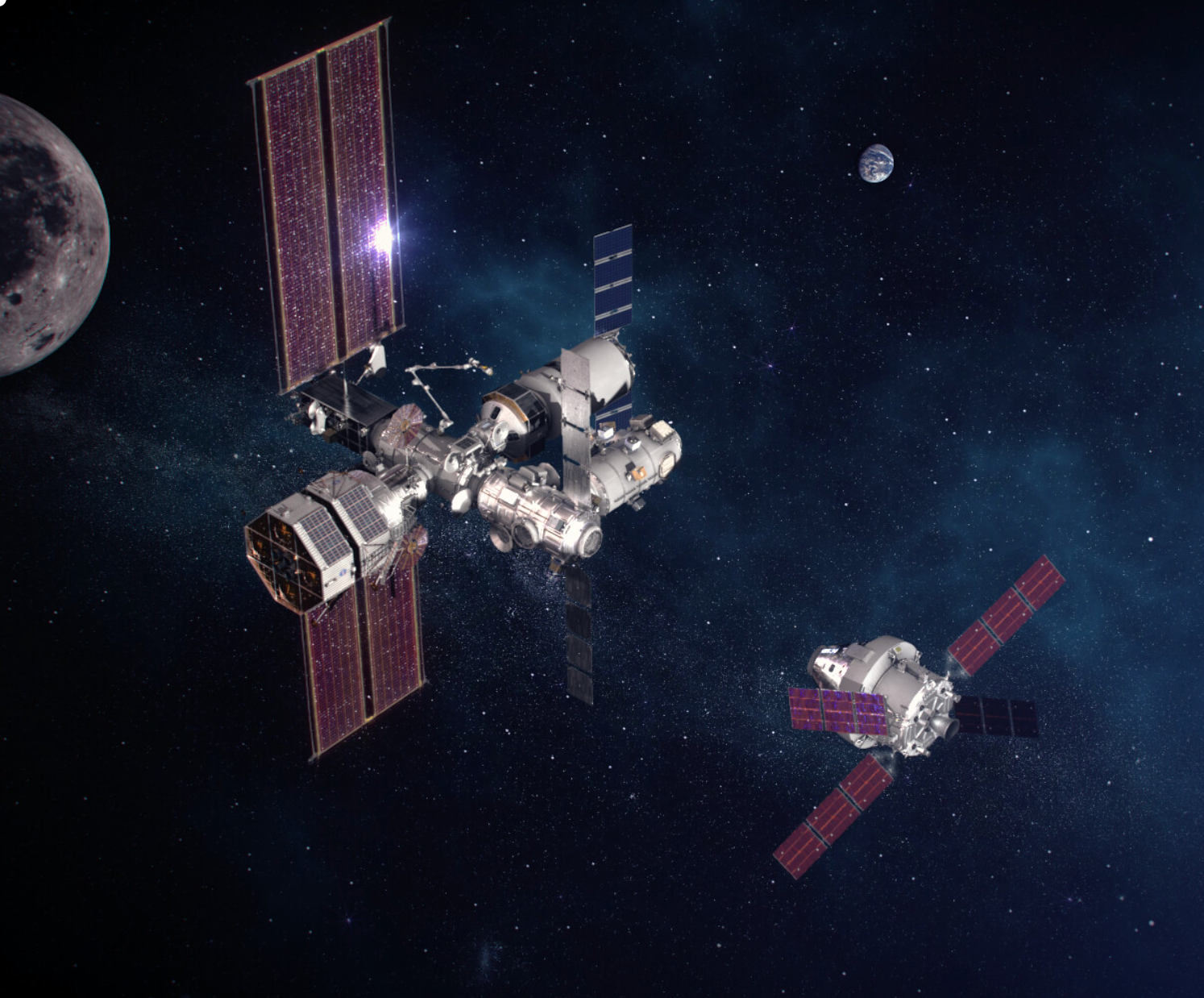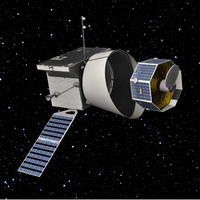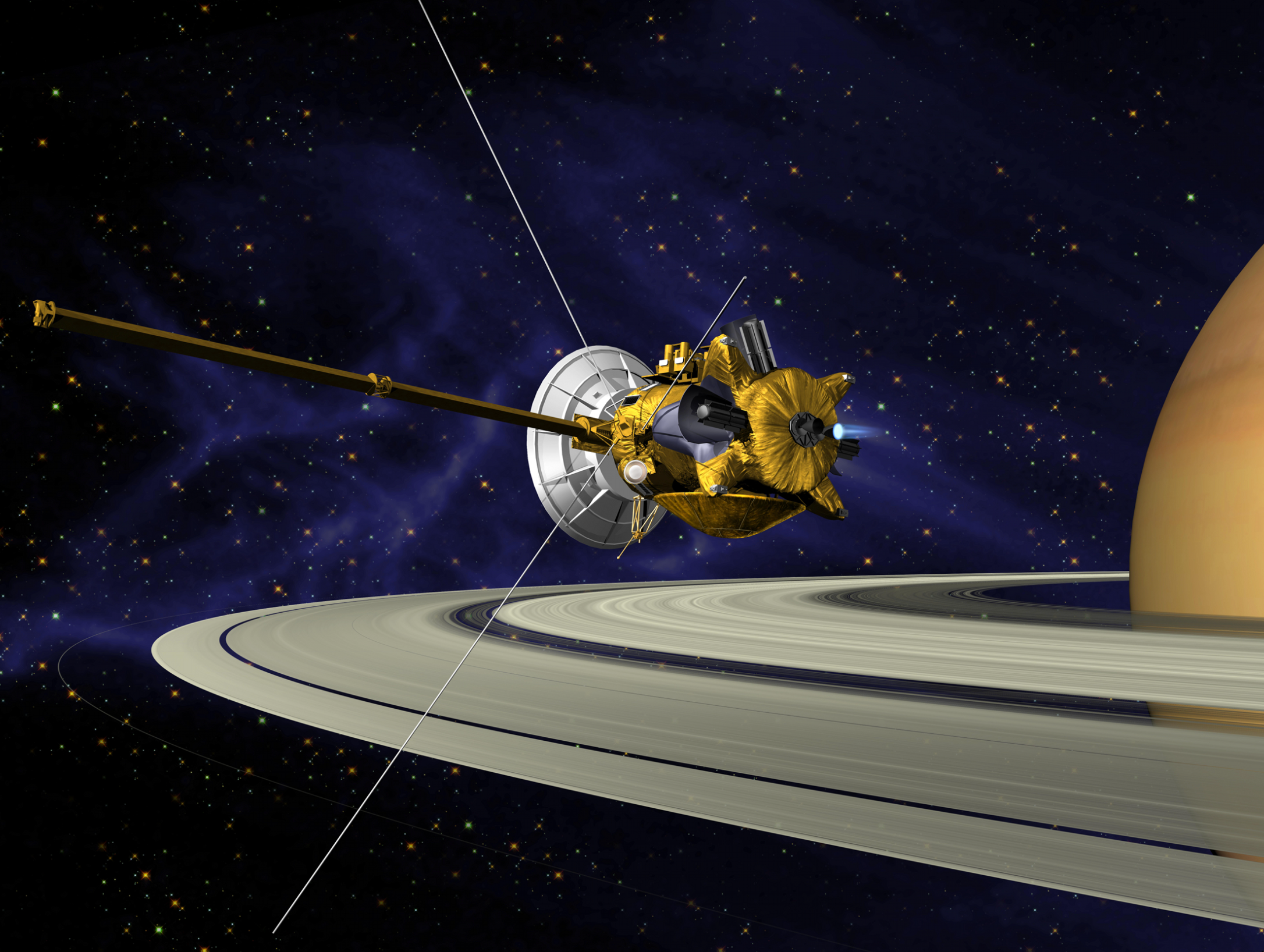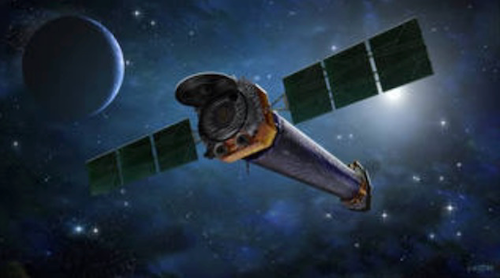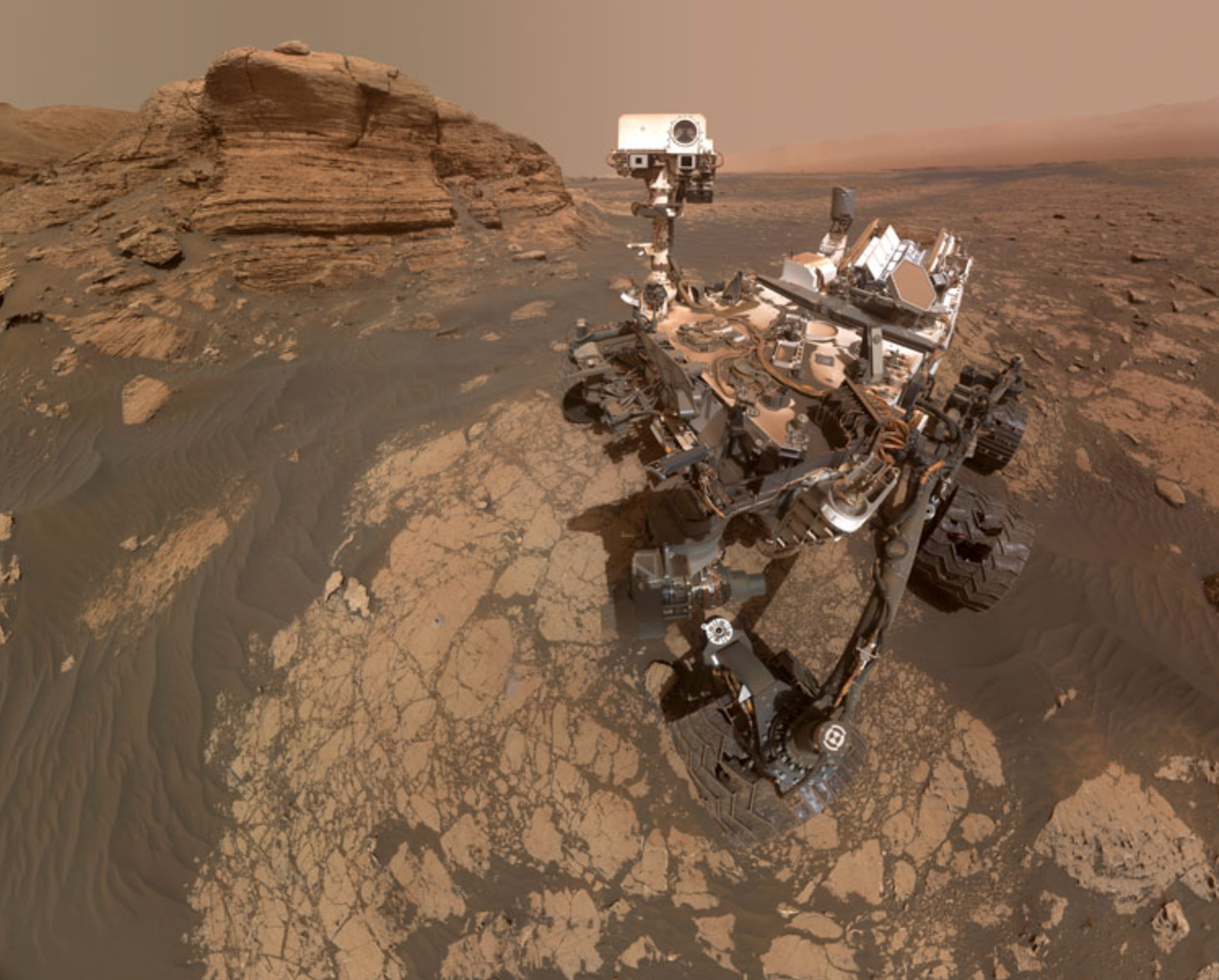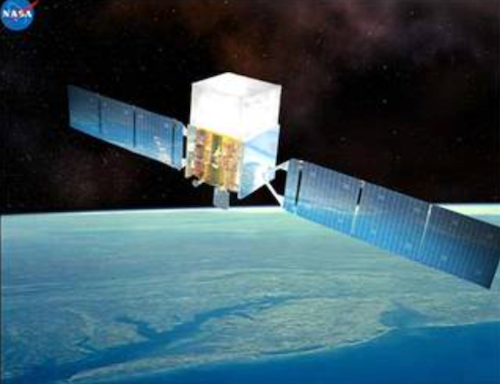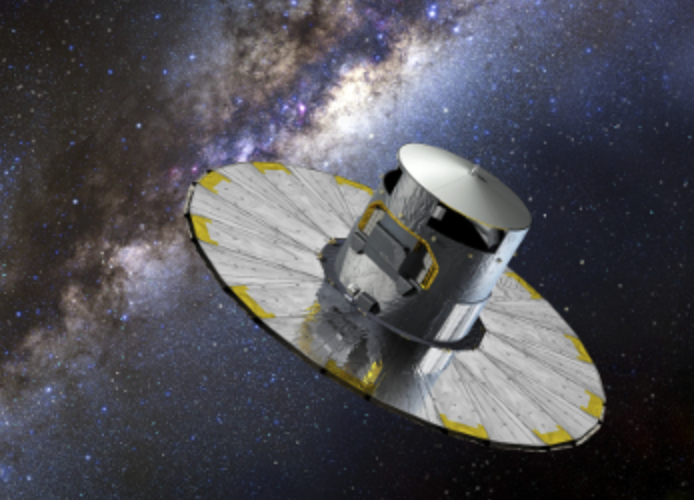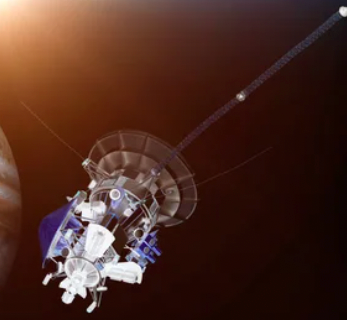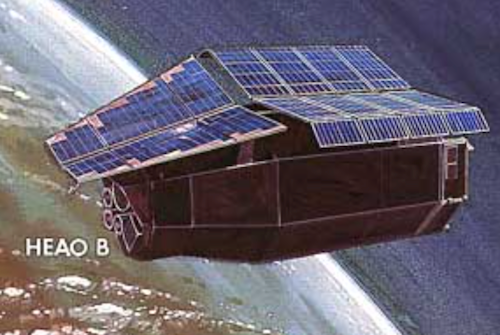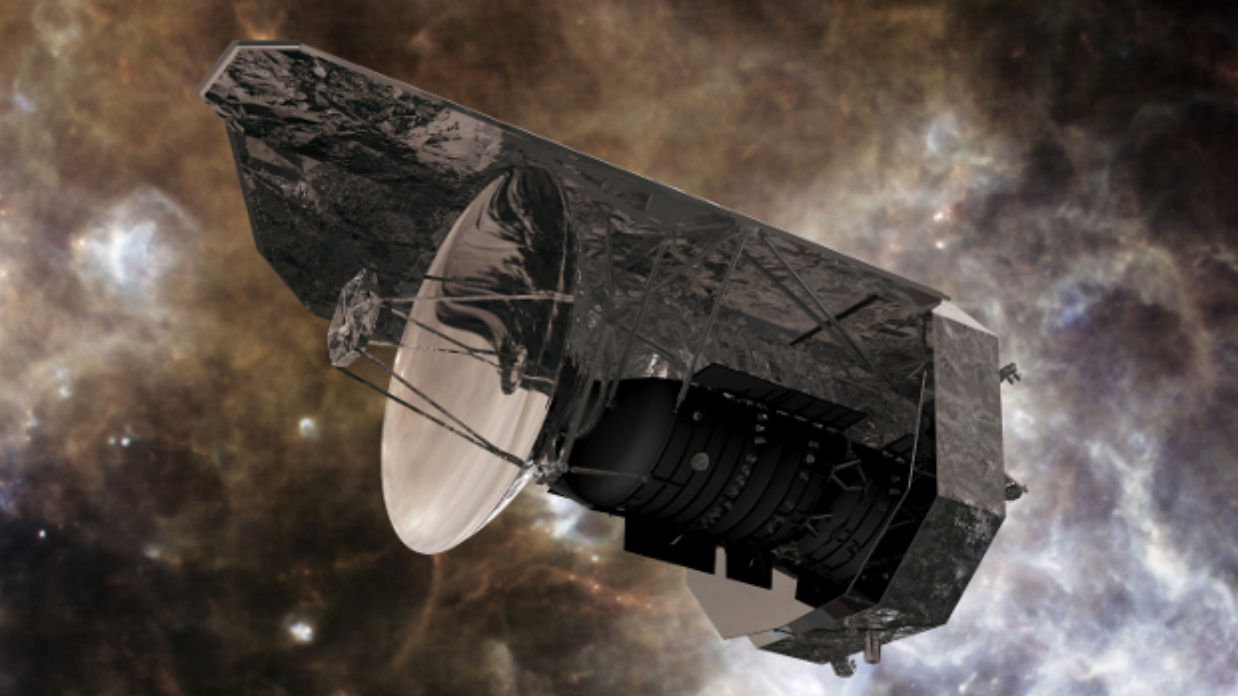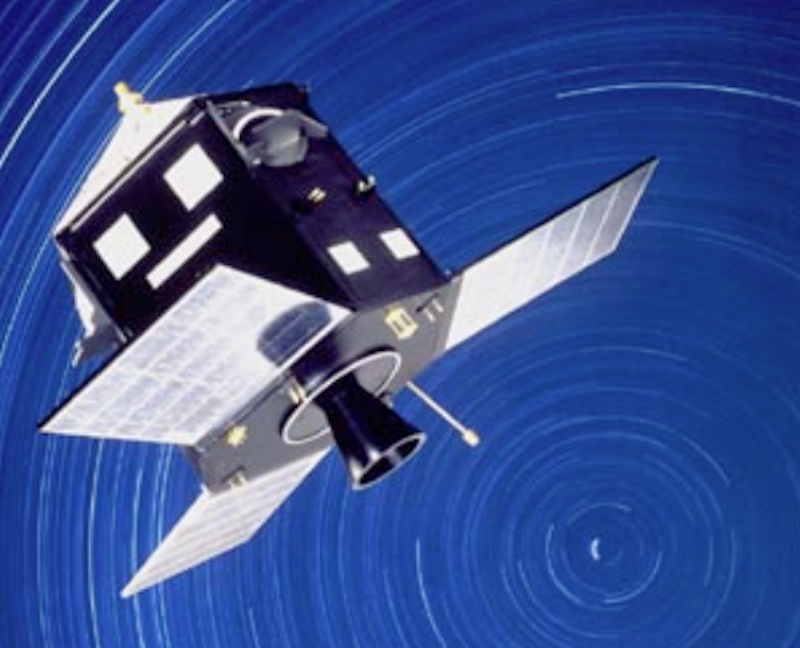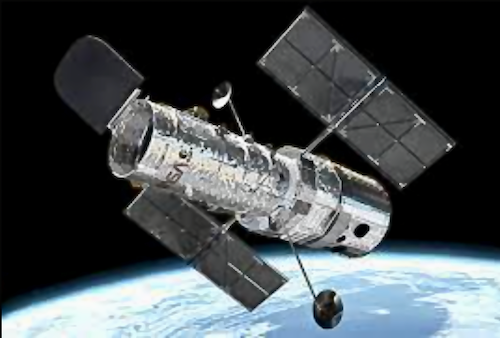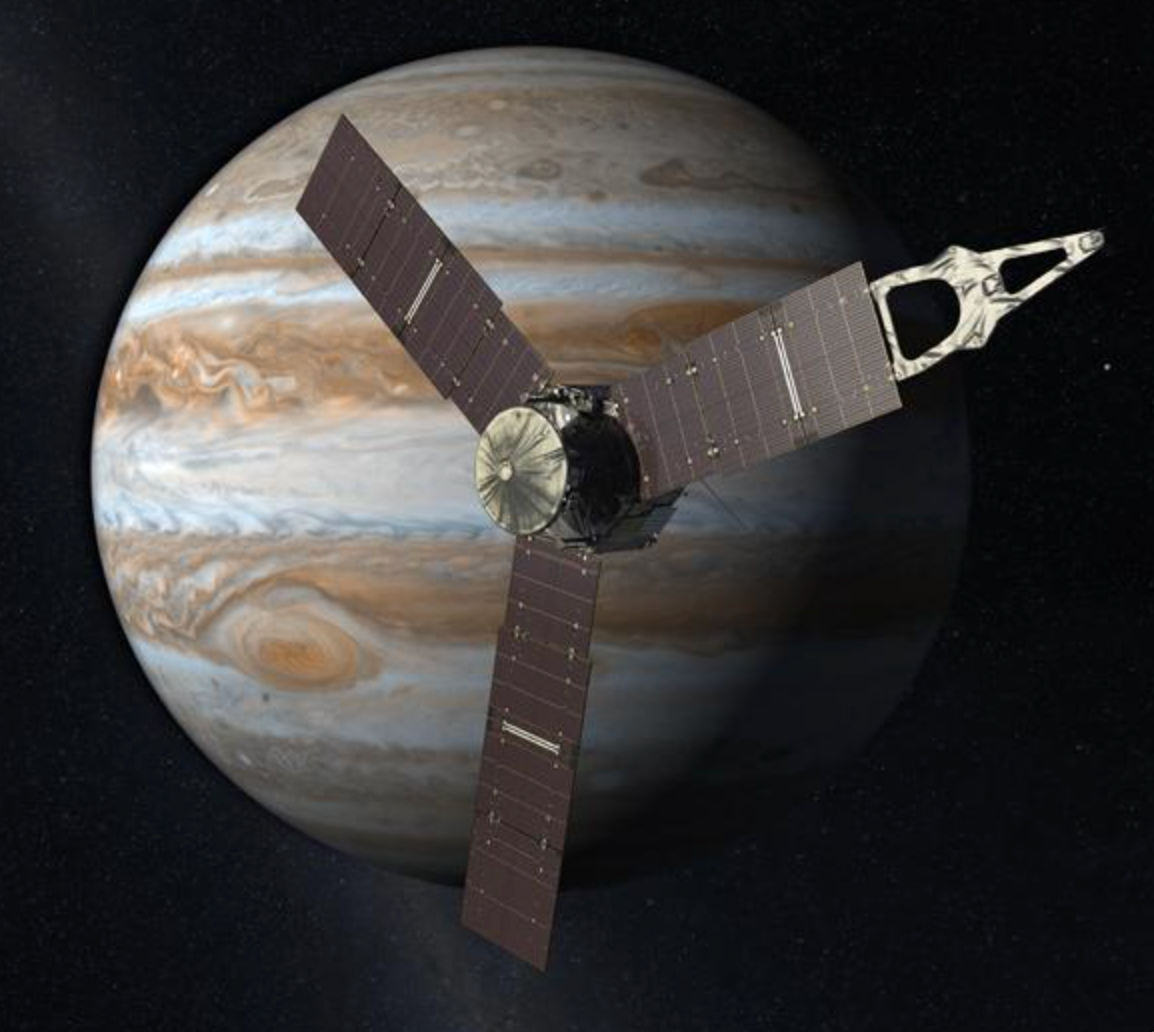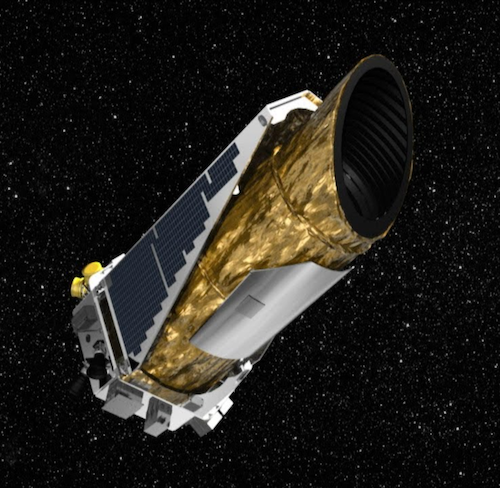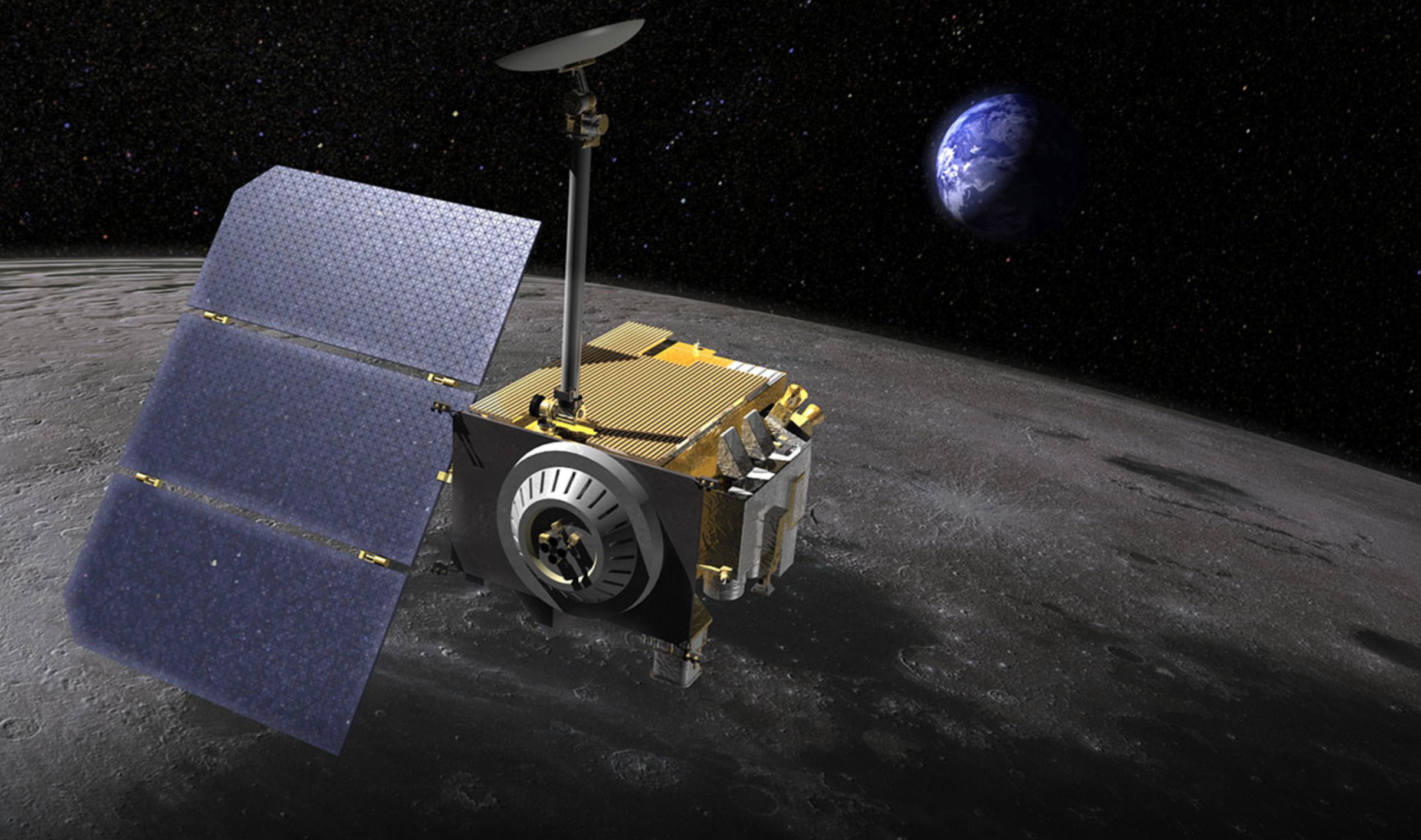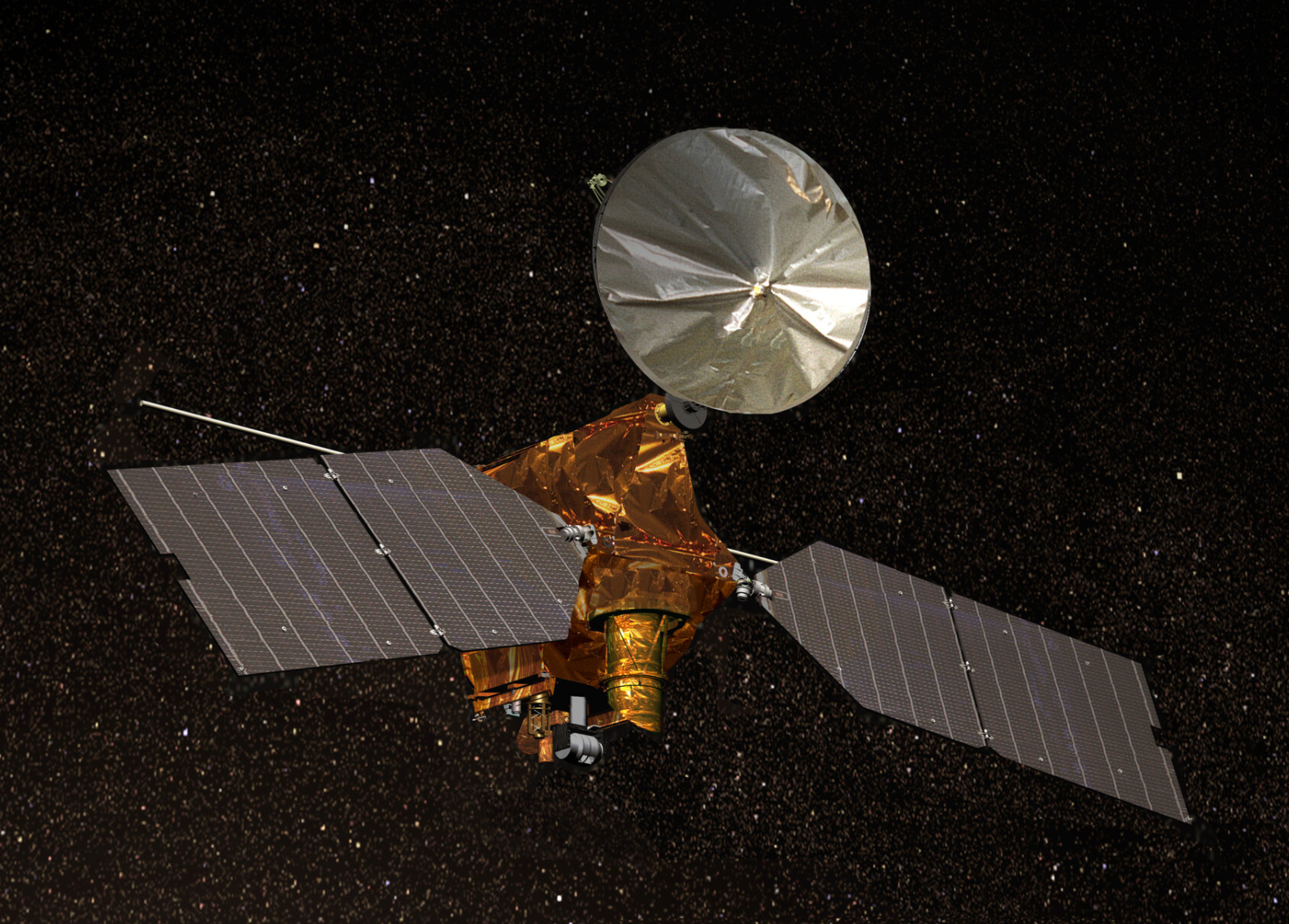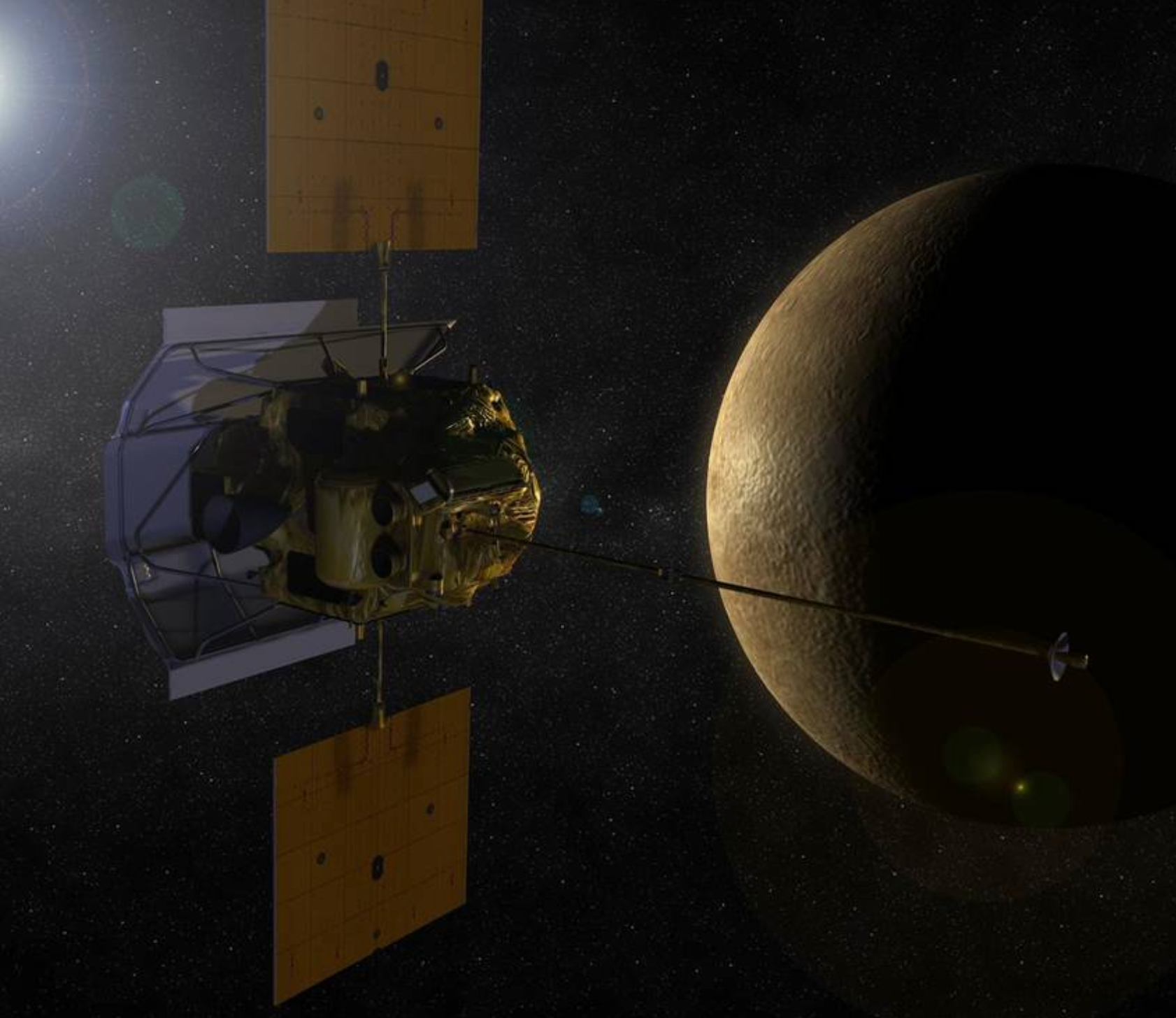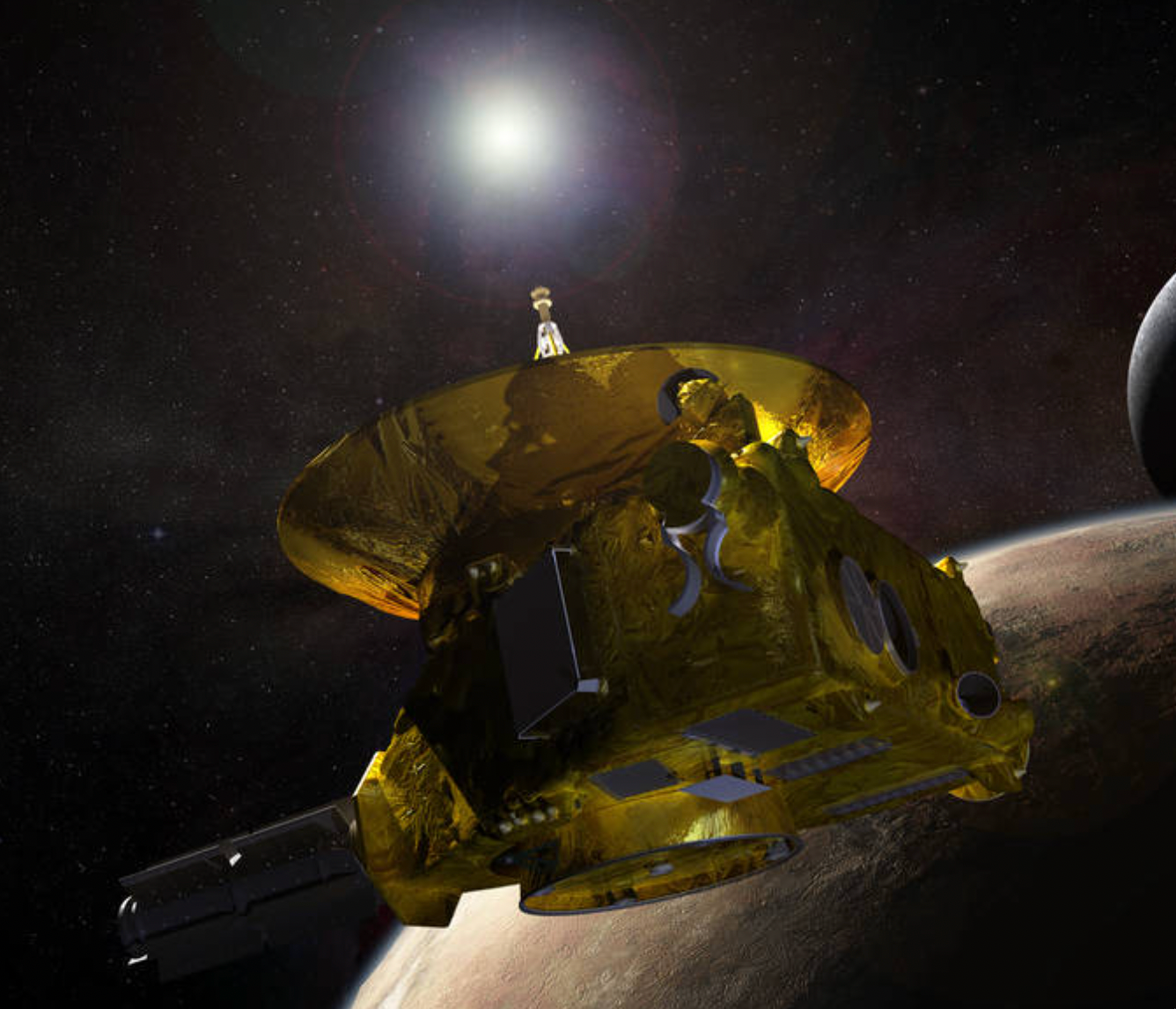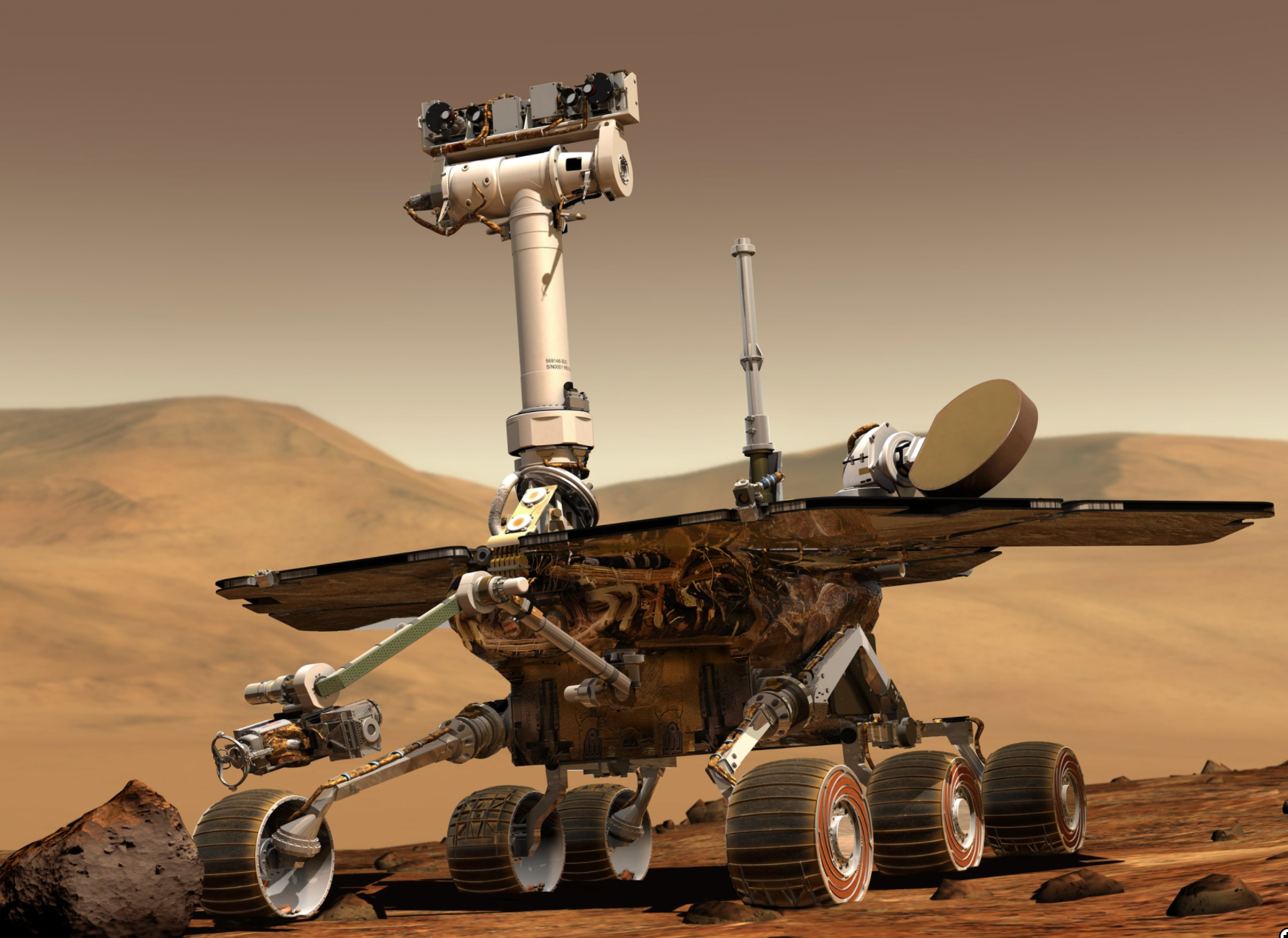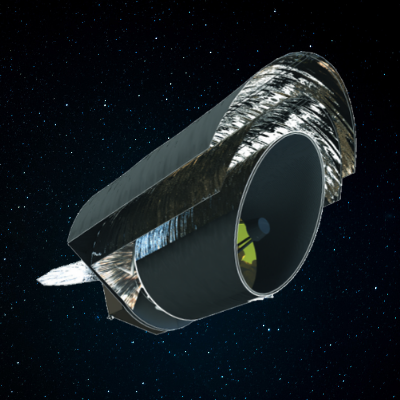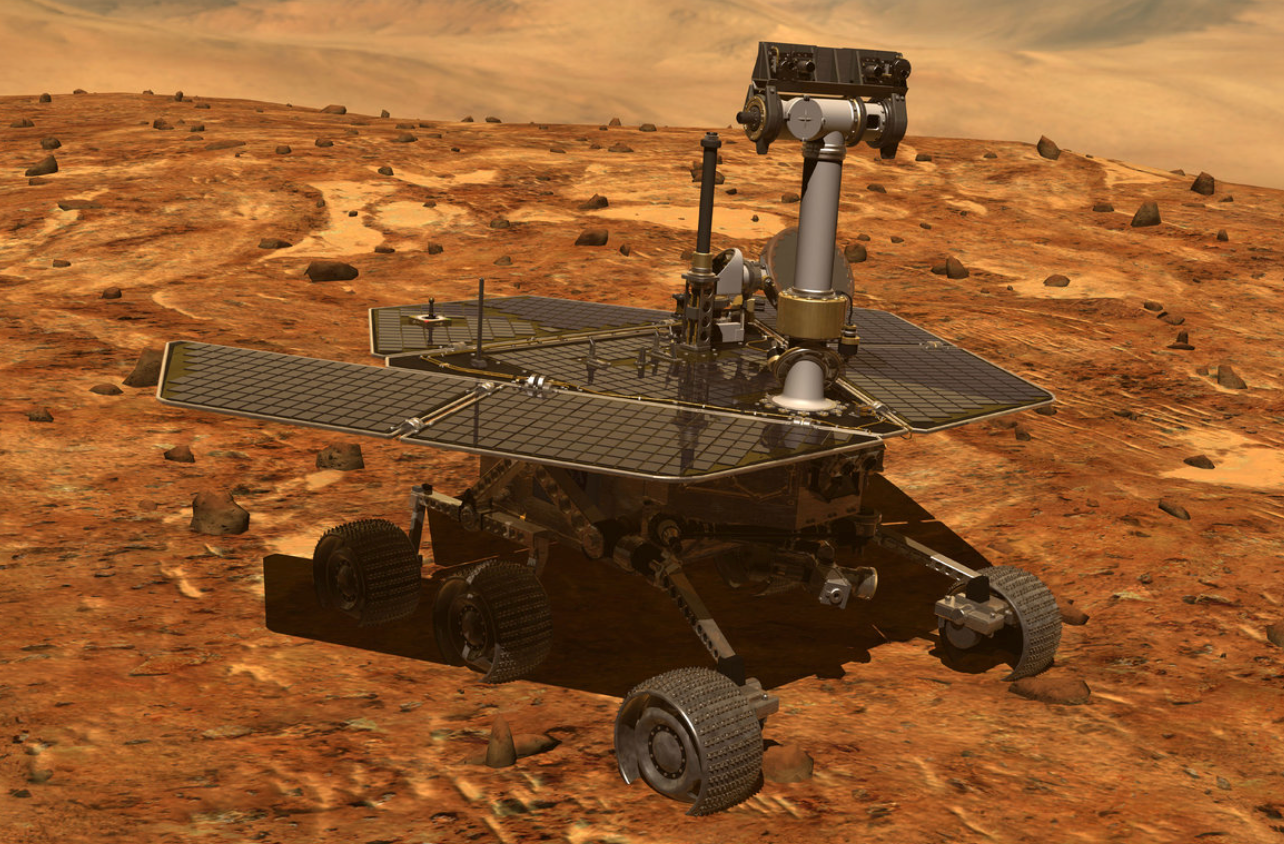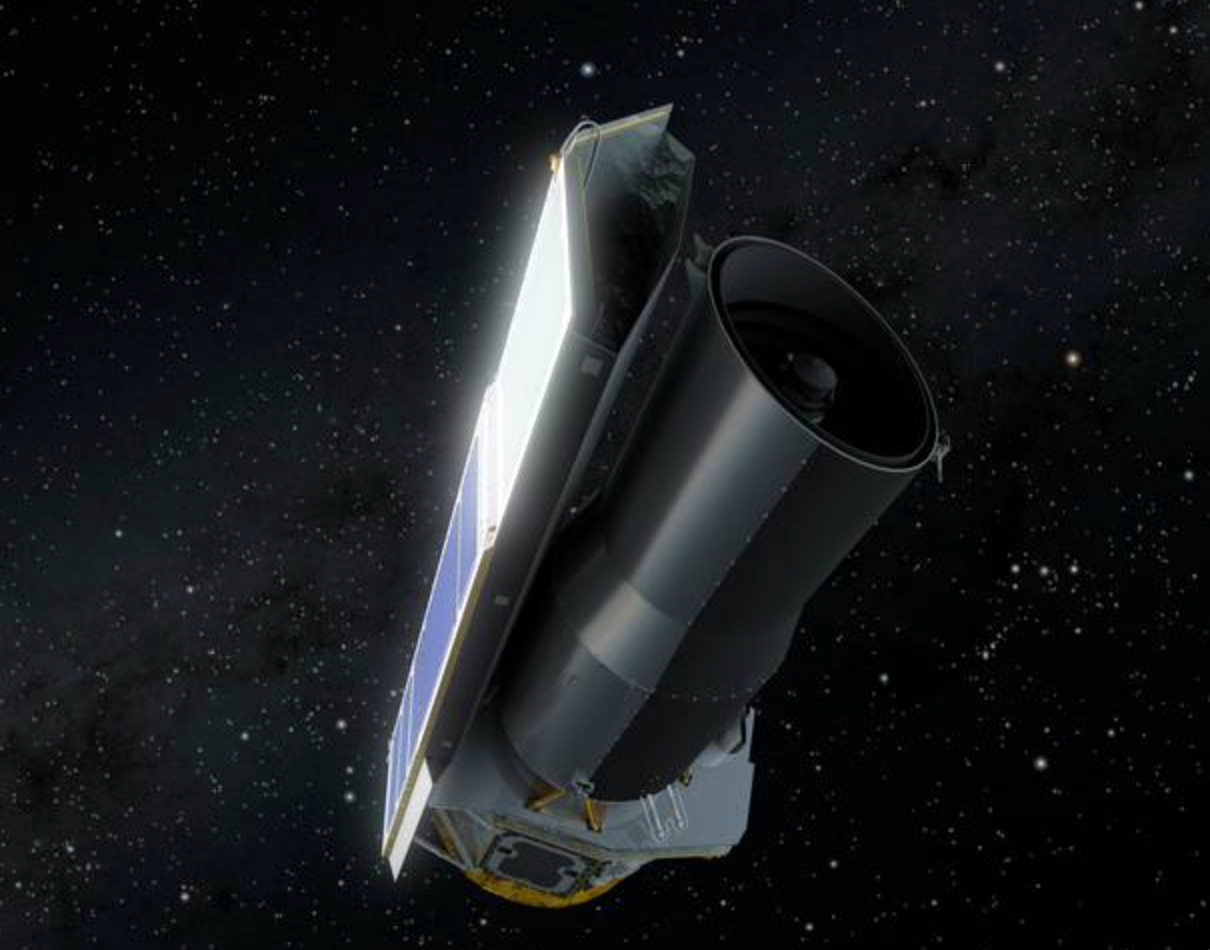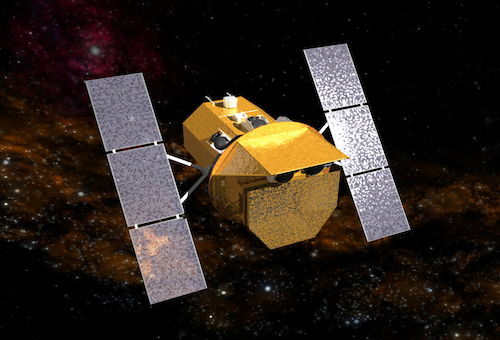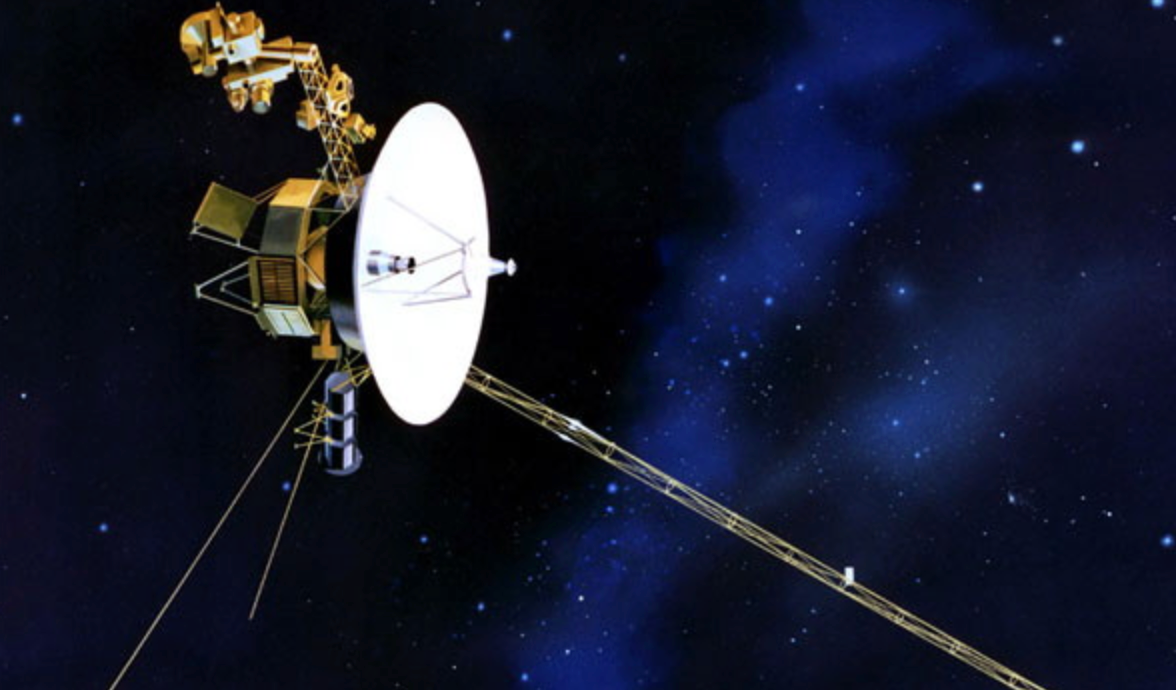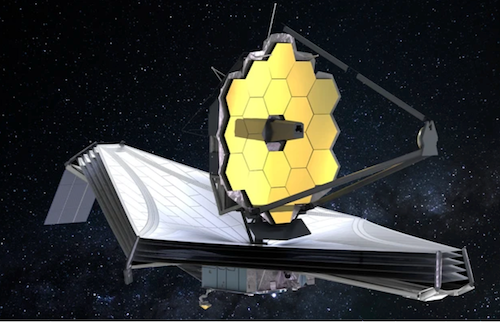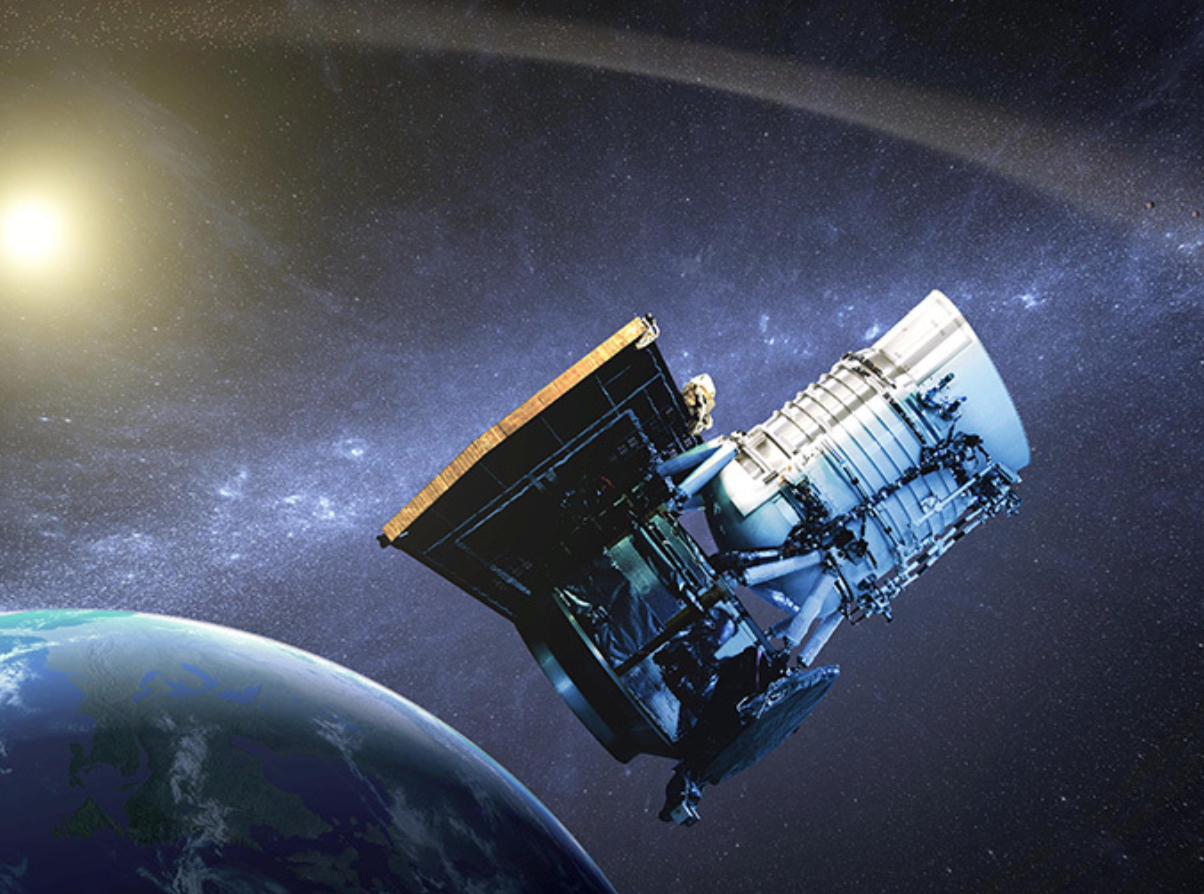
Tess
Liftoff
April 18, 2018
Still Exploring
Mission Info
TESS is conducting a survey more than 85% of the sky in sequential segments, over the course of two years, breaking it up into 26 different sectors. This first-ever spaceborne all-sky transit survey will start with the dome of stars that would be seen from the Southern Hemisphere sky in the first year, then the Northern hemisphere sky in the second year. The powerful cameras will monitor each strip for 27 days and nights on a mission to find planets by searching for shadows in the light of stars made when a planet crosses in front of it.
TESS stars are typically 30-100 times brighter than those surveyed by Kepler. Planets detected around these stars are therefore far easier to characterize with follow-up observations, resulting in refined measurements of planet masses, sizes, densities, and atmospheric properties. Using the known planet size, orbit, and mass data will reveal whether the planets are rocky (like Earth), gas giants (like Jupiter) or something even more unusual.
Key Facts
Explorer XCV
Cape Canaveral, Florida
Discovers New Worlds in a River of Young Stars. The system resides in the recently discovered Pisces-Eridanus stream, a collection of stars less than 3% the age of our solar system that stretches across one-third of the sky
Identified a collection of pulsating red giant stars all across the sky
Mission Images
Mission News
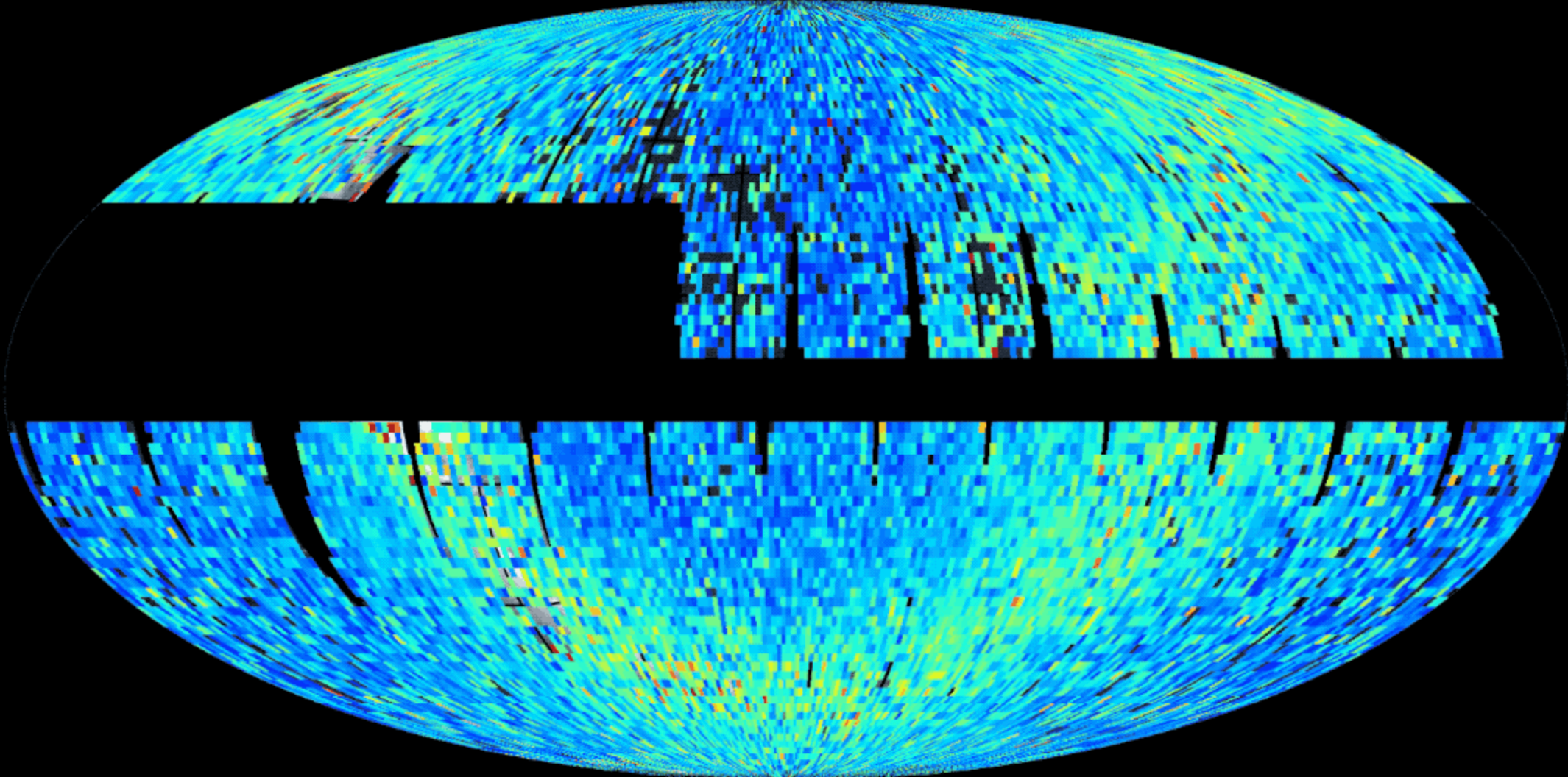 NASA/MIT/TESS and Ethan Kruse (USRA)
NASA/MIT/TESS and Ethan Kruse (USRA)





